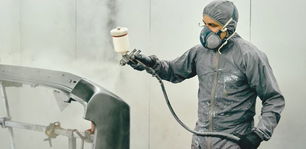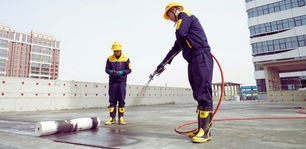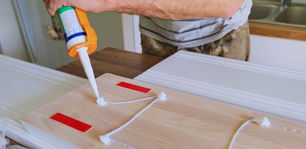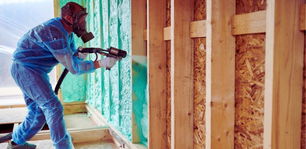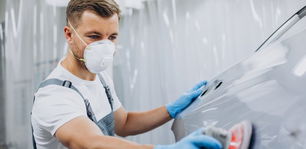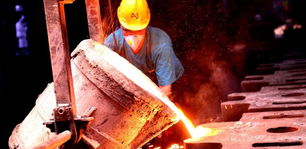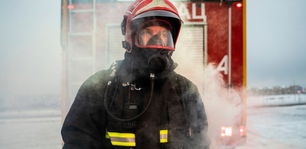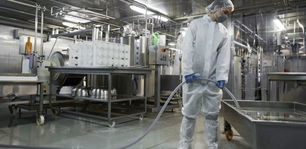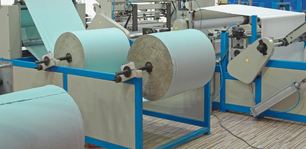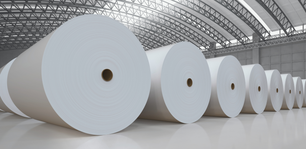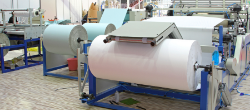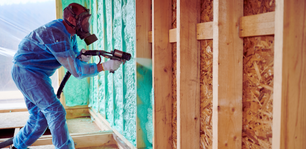The potential harmfulness of polyurethane foams is raised by many people – both investors planning thermal insulation of buildings, as well as contractors who work with such materials.
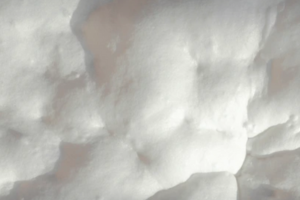
At what stages can we talk about the potential danger of PUR foam, and in what situations does it become completely safe?
What is PUR foam?
Polyurethane foam (abbreviated as ‘PUR’) is a thermoplastic material used primarily by construction industry. It is produced from polyols and isocyanates. Depending on the manufacturer and the specific use, its composition may vary slightly. However, the purpose is simple. The result is a reaction (polymerisation) that produces a stable cell structure with the desired insulation properties.
This type of foam can be divided into two basic types: open-cell and closed-cell. You can find more information about their parameters and the general characteristics of this material in another of our publications: Open-cell or closed-cell foam?
Meanwhile, in the rest of this blog, we will focus on the main topic, i.e. the potential harmfulness of foam used for thermal insulation in buildings.
Is PUR foam safe?
The answer to this question is ‘yes’, albeit – under certain conditions. Safety issues mainly concern two areas:
- Firstly, the quality of the product used for thermal insulation. In this respect, standards confirming suitability for indoor use are important. Before you will choose a product, carefully check its composition and parameters.
- Secondly, the way it is applied and used. During the spraying process, dangerous substances (in the form of vapours) may be released from the foam, high concentrations of which can cause, for example, irritation of the respiratory tract. Therefore, the foam application process itself must be carried out by competent specialists who are mandatorily equipped with protective suits and masks.
Before using the room, it is necessary to wait until the applied substance has completely dried (cured) and then thoroughly ventilate the room. After this, properly applied and cured foam is safe.
Read also: Is PUR foam flammable?
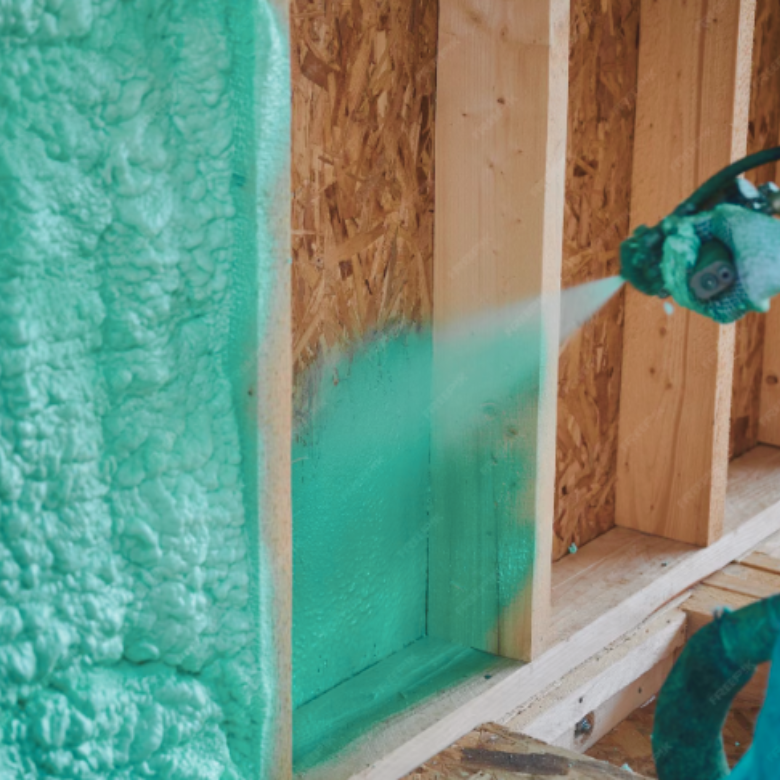
Health hazards of PUR foam
As already mentioned, the possible negative effects of polyurethane foam on health can only be discussed at the stage of its application and curing process. This is when hazardous components are released into the air.
What about allergies? Allergic reactions may be experienced by those allergic to isocyanates. As for the potential carcinogenicity of PUR foams, current scientific research does not confirm this.
Environmental impact of polyurethane foam
Ecology in the context of thermal insulation is a rather complex and certainly not at all ambiguous topics. Why?
- On the one hand, the manufacture and application themselves produce carbon dioxide emissions. Additionally, it should be mentioned that PUR is not a biodegradable material.
- On the other hand – it is worth considering the entire life cycle of the product (and its intended use). Despite generating CO2 during production and possible recycling issues, in the long term it offers huge energy savings. As a result, it can be said that PUR foam has a positive impact on the environment.
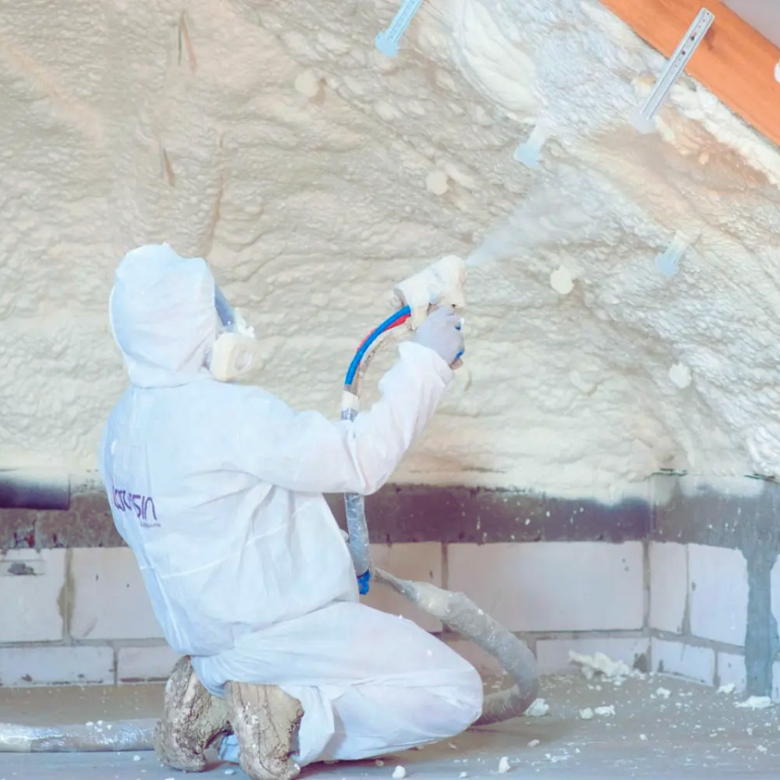
Thermal insulation safety: before and during application and after curing
How to use PUR foam correctly? Only experienced persons possessing relevant certificates should be responsible for this. Before starting work, all surfaces that will not be insulated must be protected.
During application, vapours are released (for several hours). Full curing takes approximately 24 to 48 hours (during this time, people must not be present in the room). Hence, several strict guidelines must be followed, which include:
- Protection during application (spraying): overalls, masks with filters, gloves and safety goggles.
- Indoor parameters: air temperature 10 – 35°C, humidity below 80%.
After application and complete cure of the foam, the room must be thoroughly ventilated (for at least several hours).
Where can you buy high-quality polyurethane (PUR) foam for insulation?
If you are looking for reliable materials that will provide excellent thermal insulation, check out the spray insulation products available in our offer. In addition, we provide access to our product catalogue. If you have any additional questions, please use our professional knowledge base and the support of our advisors.
- U.S. Environmental Protection Agency (EPA). (2017). Spray Polyurethane Foam (SPF) Insulation and How to Use It Safely. Retrieved from https://www.epa.gov
- International Isocyanate Institute (III). (2021). Guidelines for the Safe Use of Spray Polyurethane Foam (SPF). Retrieved from https://www.isopa.org
- https://inzynierbudownictwa.pl/piana-pur-jako-material-izolacyjny-w-budownictwie/

























